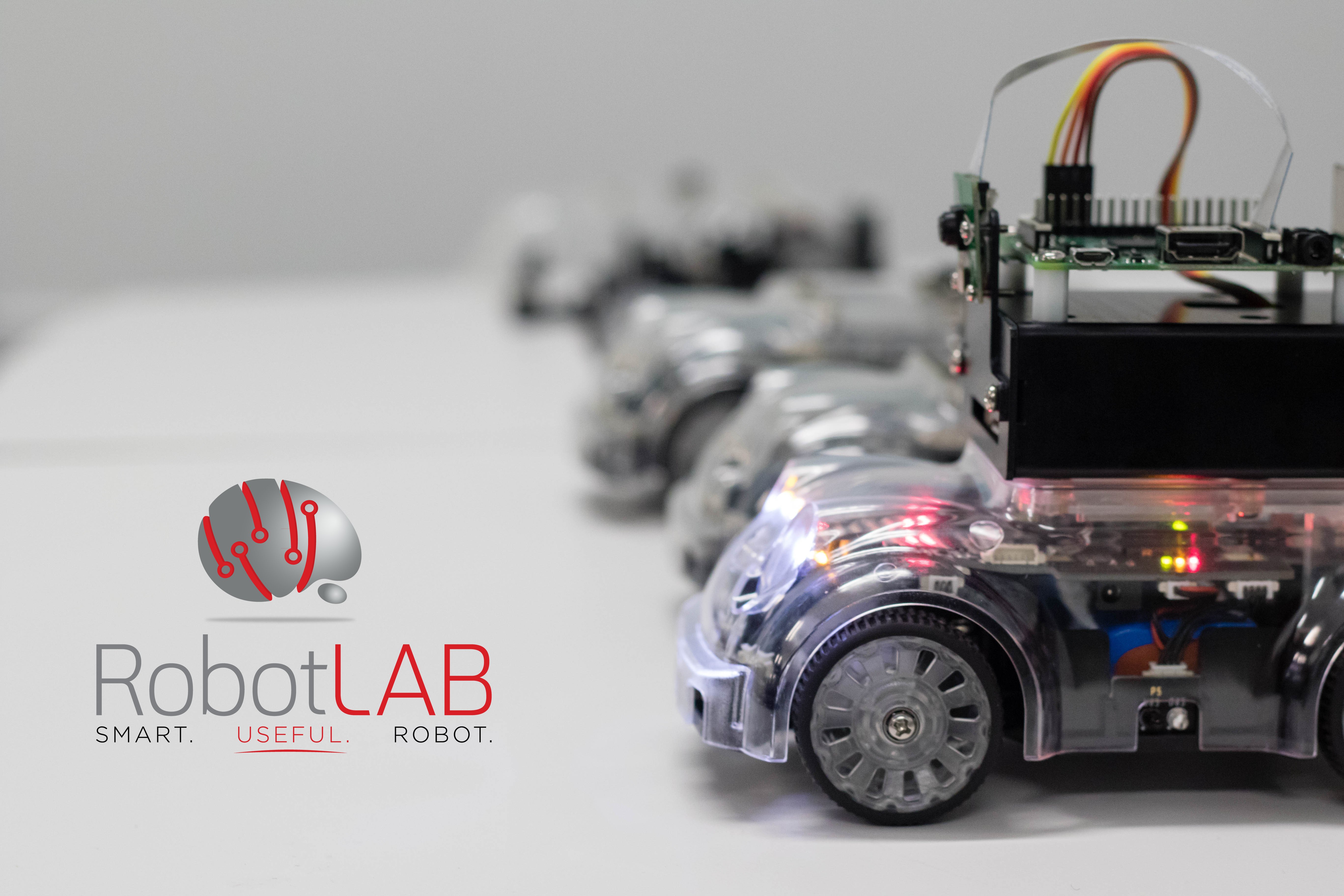 Photo by Mira Kireeva on Unsplash
Photo by Mira Kireeva on Unsplash
Learn how educators are using STEM learning to frame their classrooms around student success now—and in the future.
To succeed in college and the workplace, students require a solid foundation in STEM learning. Experience in these subjects does not only benefit aspiring scientists and engineers–it’s essential for all students.
In fact, between 2017 and 2027, the number of STEM jobs will grow 13 percent. Even positions in traditionally non-STEM fields (estimated to grow by 9 percent) will require some sort of technological knowledge.
STEM learning is all about designing creative solutions for real-world problems. A problem-based STEM curriculum allows students to see the impact of their learning. That kind of authenticity builds engagement. Students progress from asking “When will I ever use this?” to connecting skills and applications.
Because STEM permeates every aspect of life, educators are preparing students to shape their futures. Here are three different ways STEM learning empowers both students and teachers for the next step in their education or career:
1. Develop educator skill sets
There are many teachers who do not specialize in STEM, yet find themselves teaching concepts like coding. As a result, many educators begin to learn new skills right alongside their students. This continuous learning and professional development help teachers build confidence in the classroom. Students benefit through exposure to STEM principles, and the workforce benefits as the pool of skilled employees expand.
2. Fill jobs in vital industries
Technology has made its way into almost every industry. For example, education, healthcare, manufacturing, and transportation all are reliant on technology. As a result, the need for innovative professionals in STEM roles is at an all-time high. Specialized roles from nurse managers to marine engineers are becoming increasingly important. Educators can help fill jobs in vital industries by ensuring that students receive a well-rounded STEM education in the classroom.
3. Develop problem-solving skills
The skills students learn in STEM classes are transferable to any career. Creativity flourishes when students develop their problem-solving skills by tackling challenges. Learning to code, solving math problems, or analyzing a story are all important experiences necessary for student development. This type of critical thinking translates well when students are faced with strategic decisions in the workforce.
STEM curriculum is vital for preparing students to be successful in their careers, but it’s only a part of larger integrated education. Blending STEM learning with core subjects will reinforce the ways STEM empowers students. Ultimately, the goal is to help students become adaptable and prepare them to enter any field of interest.
Learn more about STEM with RobotLAB Inc

